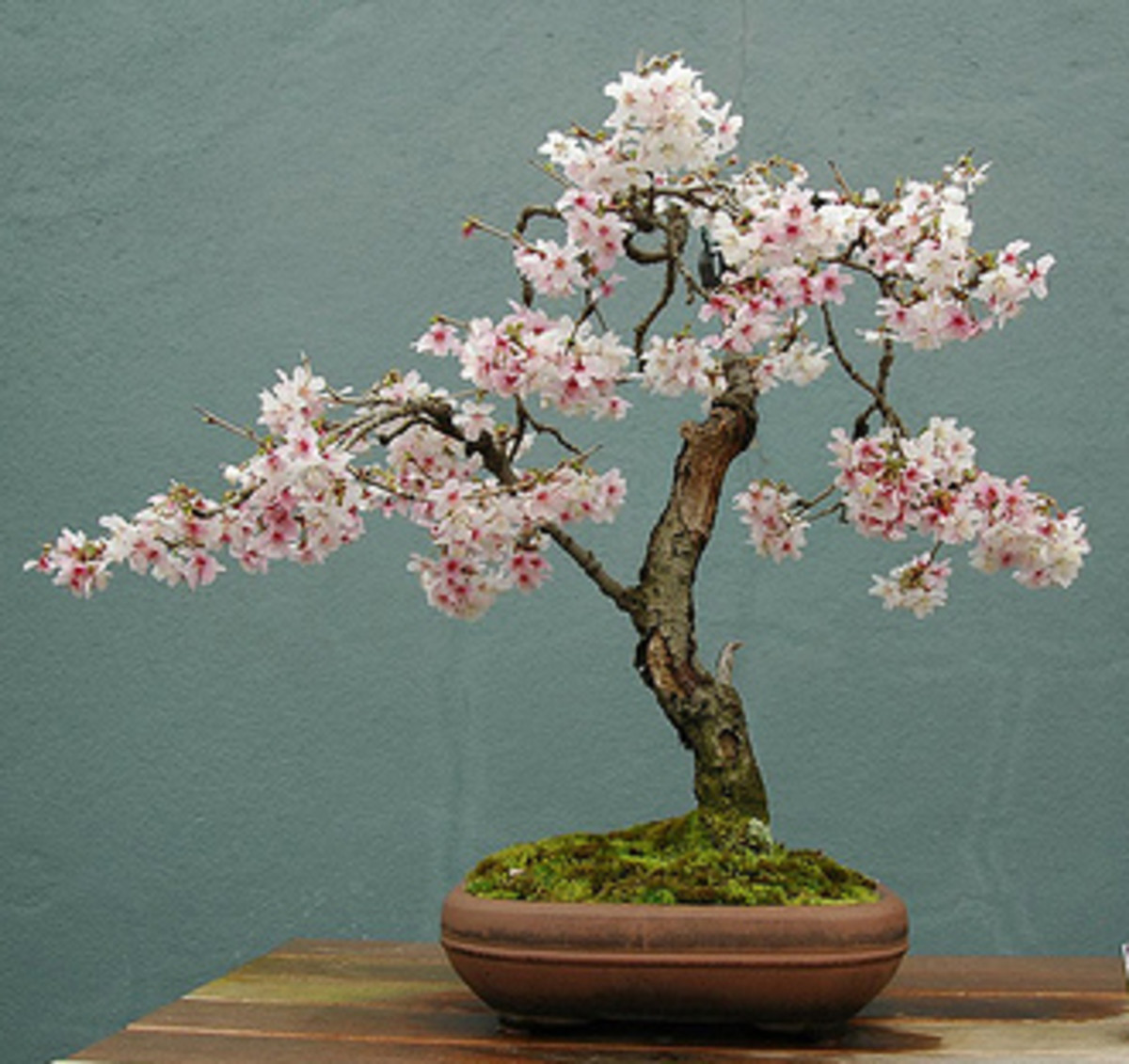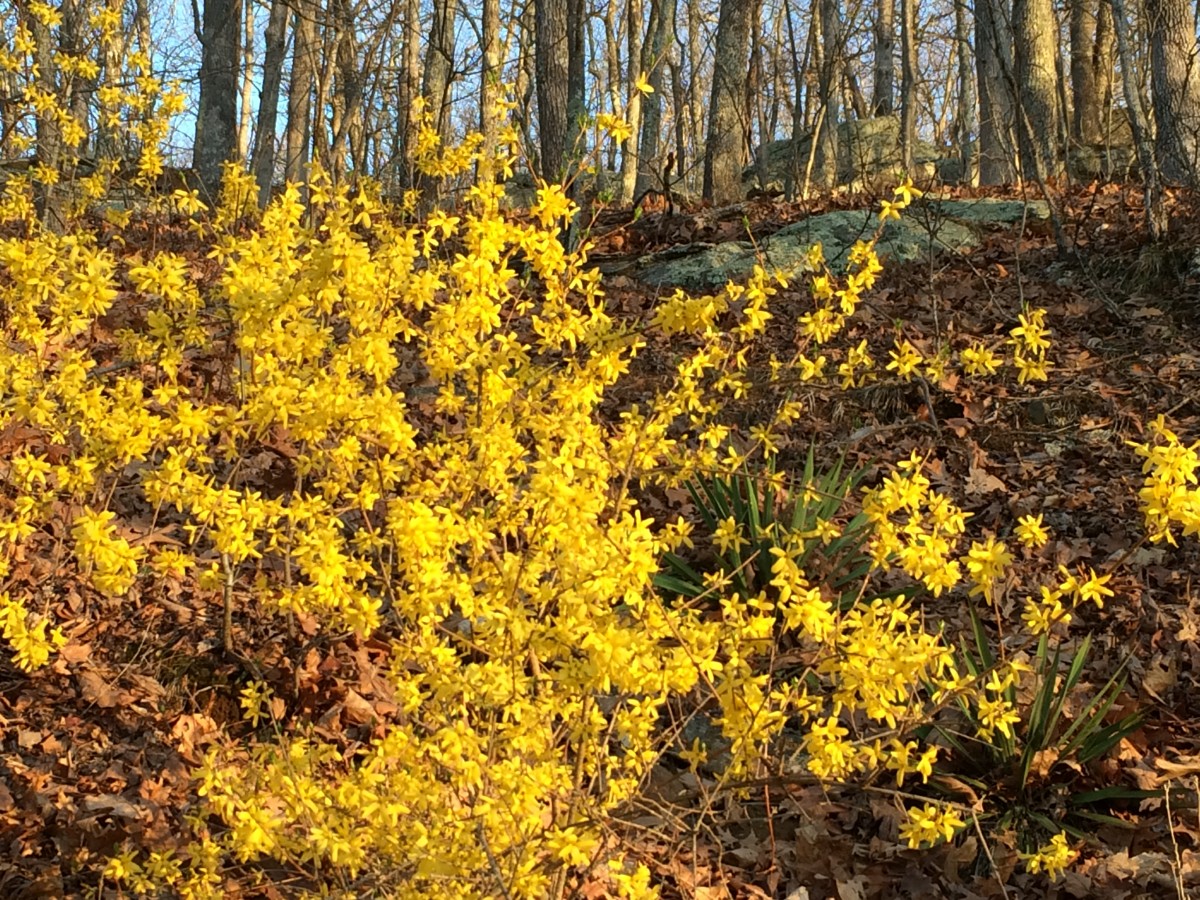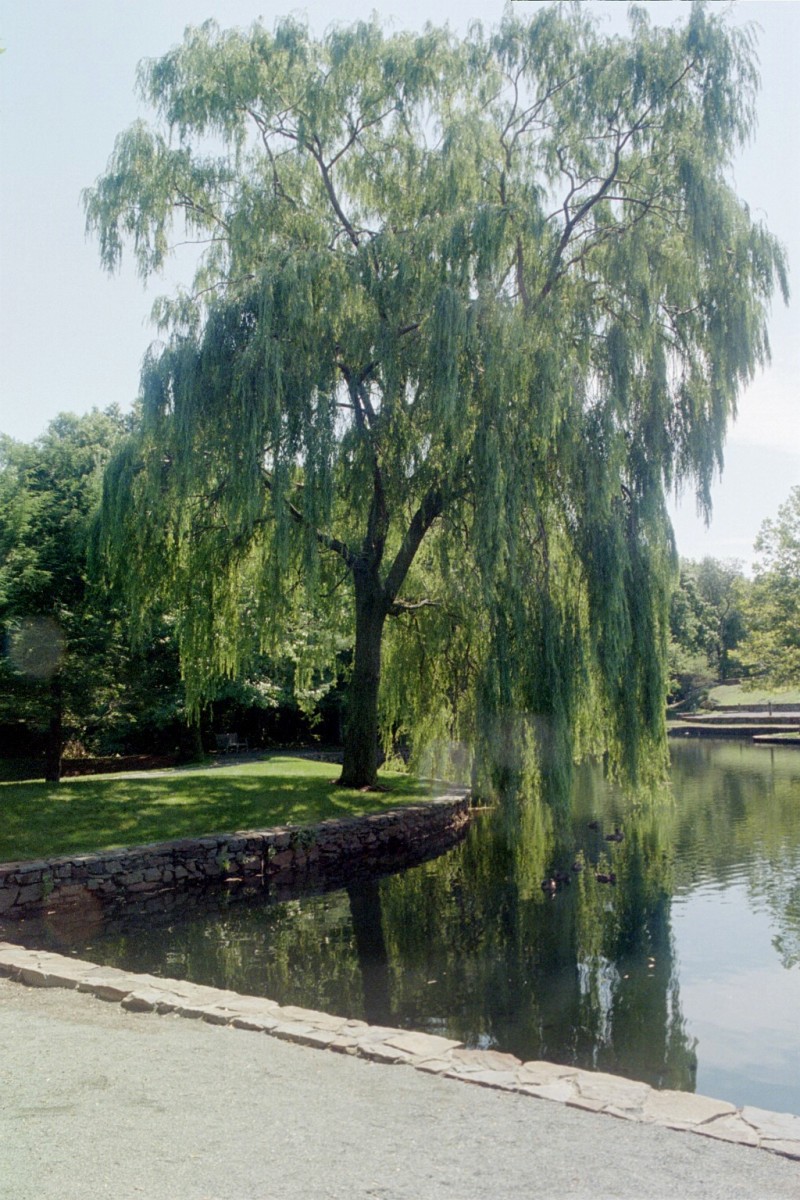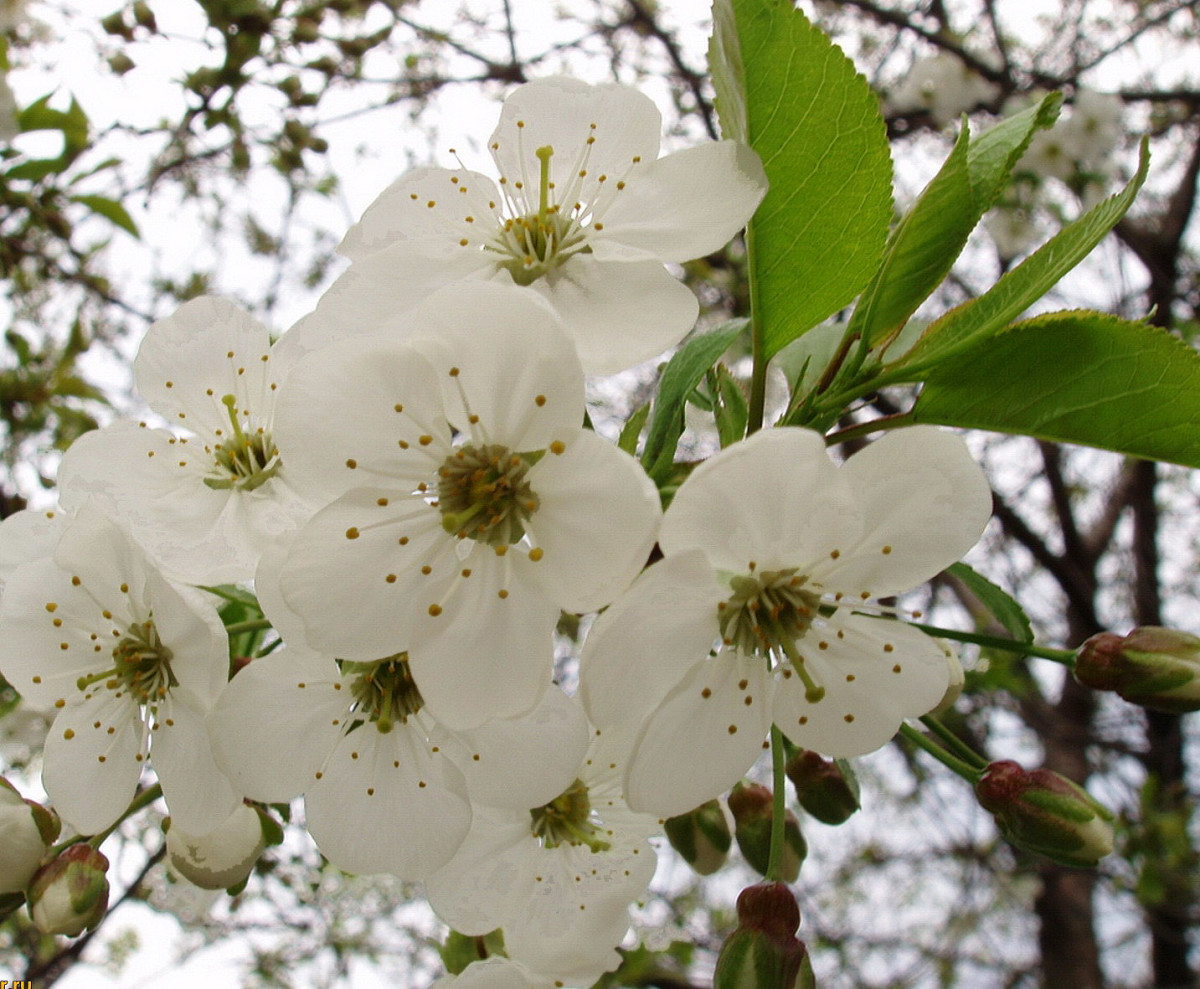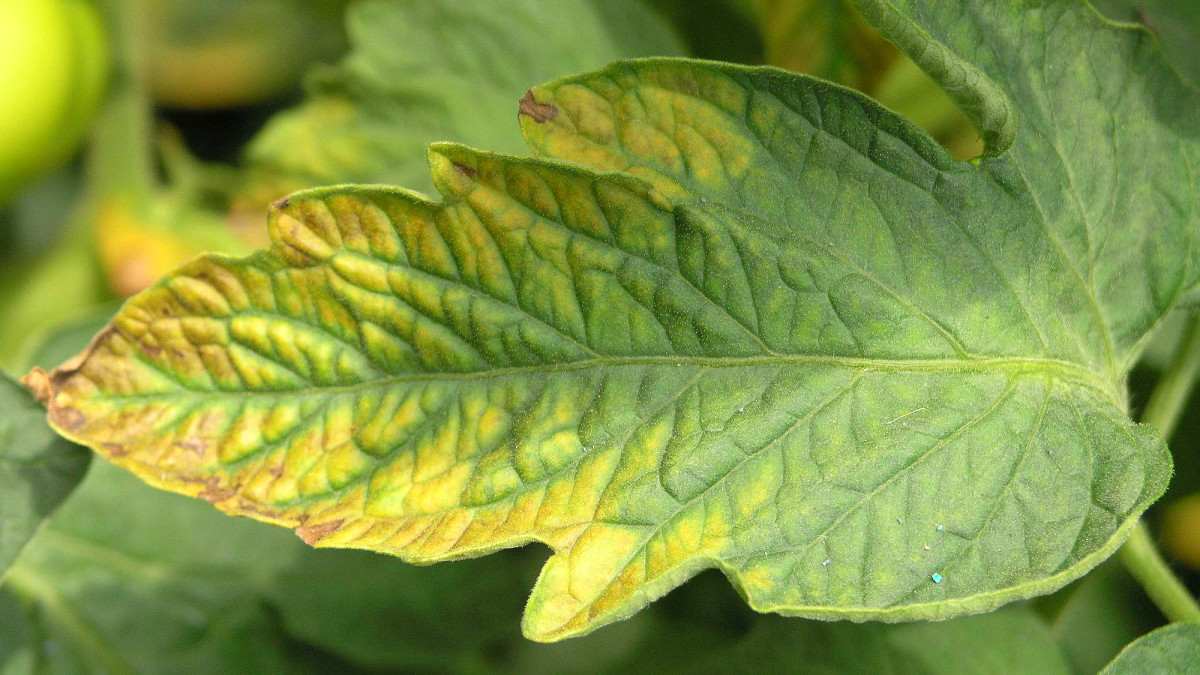A Step by Step Guide to Bonsai Creation: Pomegranate
This is designed to as an illustrated guide to the process of pruning, shaping, wiring, and potting a basic nursery stock plant.
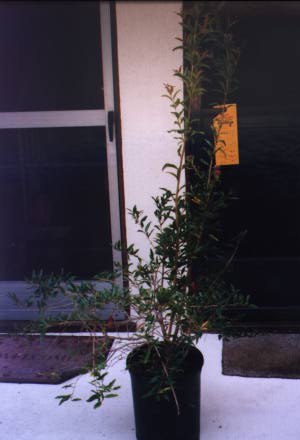
Step One: Purchasing the plant.
First, you should identify what sort of tree you want to have. Take into consideration such factors as size, amount of sunlight/shade needed, difficulty of maintaining the tree, and seasonal considerations. For example, while junpers can be pruned pretty much year round, maples should only be cut after they drop their leaves. Junipers need sun, most maples like shade. Junipers need continual piniching during their growing season, maples may need to be defoliated, and so on. Learn as much as possible about your tree before you buy it or you may wind up with a lovely piece of nursery stock, but have to wait a few months before you can work on it!
For this example, I have chosen a Pomegranate (Puncia Granatum). This is the way it looked when I brought it home from the nursery. It stood about four feet tall. The rootage looked very interesting, and the tree itself seemed to have a lot of different possibilities. Like most deciduous trees, it lends itself very nicely to an informal upright style (Moyogi).
At the nursery, I examined the tree out of the container and saw that it had lots of nice white roots along the perimeter of the root ball and that the leaves had good color and that the plant was in generally good health. Summer is a good time to work on pomegranate, so I set to it!
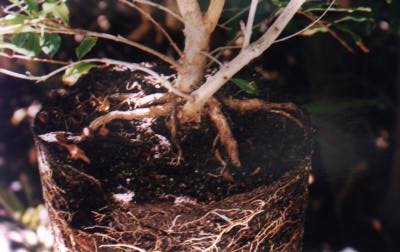
Step Two: Cleaning it up
Once you bring the tree home from the nursery, the first thing you will want to do is clean it up a little bit. First, cut any small offshoot branches aways from the base of the trunk (usually called "suckers") so you can see how the base of the tree looks. Scrape some of the dirt away from the base and examine the nebari
The first step in cleaning this tree up is thinning out the trunk structure and extraneous lower branches which will not be part of the tree's design. First, I removed the thick lower branch from the base of the trunk. Second, I trimmed off some of the other lower branches and shortened those branches that I wanted to keep.
At this point, the general trunk structure becomes apparent. You can follow a single line from the roots to the top and see the direction that the trunk moves. This will determine much of what follows.
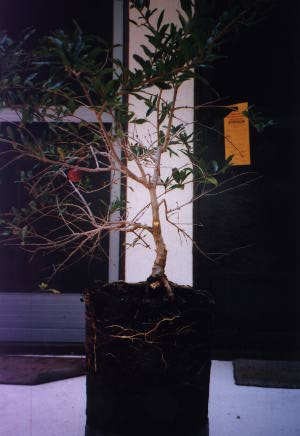
Step Three: Finding a Front
Now that you have taken a good look at the tree, figure out which side will be the front. The front should be the best view of the rootage and trunk. Once this is determined, you will be ready to determine the apex and branch placement.
For this tree, there are relatively few options for a front. By examining the root and branch structure, I determined that it would be best to place the first branch to the left, about a third of the way up the tree, and to position the front so that the movement of the trunk was accentuated and so that the distinctive rootage was clearly displayed.
At this point, you can see how the rootage and trunk harmonize and how neither calls too much attention to itself. The front should entice the viewer to look at the tree and to follow the trunk from the base to the apex.
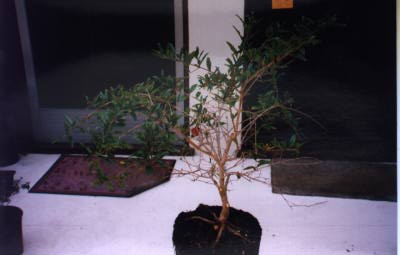
Step Four: Finding the Apex
The apex is the top of the tree, the point where the tree terminates. It should be the point that follows the line of the trunk to its ultimate conclusion.
Once the front is determined, it is just a matter of following the trunk up to its termination. Because the first branch should be positioned at roughly one third of the height of the tree, it is easy to determine the proper point at which the apex should be positioned. Usually, the apex is formed by cutting off the trunk and wiring a small side branch up to form a new apex as was done in this case.
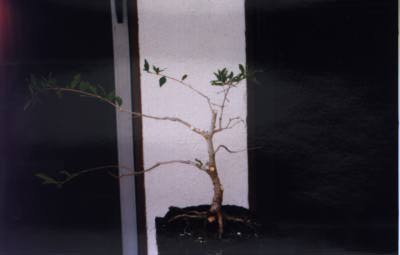
Step Five: Pruning the Tree for Shape
At this point, one needs to make some decisions about which branches will stay and which will go. Remember, you can always cut them off later, but you can't put them back! Make your choices carefully and keep the style that you are working from in mind.
For this tree, I wanted to start with a strong left branch and since there isn't much on the right side to balance it, I brought the back branch around to the right to fill in some of that space. The branches alternate going up the trunk, until the top at the apex. The branches should form a triangle shape when completely formed with the apex being one point and ends of the two lowest branches forming the other two points. For this tree, we will wait until there is some growth on the old wood to cut back the branches to prune it for shape. When completed, the tree will have a nice triangle shape to it.
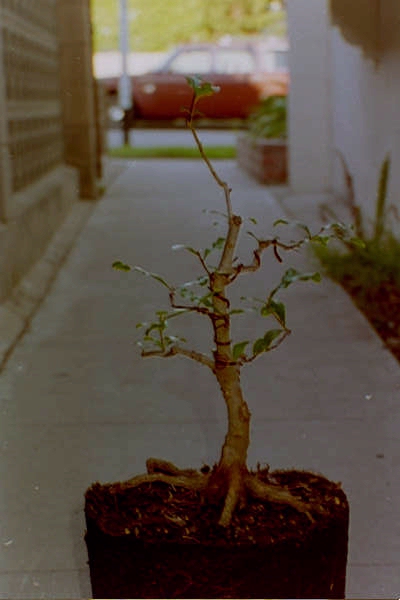
Step Six: Pruning and Wiring the Branches
The final stage in our initial creation is wiring the tree for style. Most trees, as they age, have branches that droop slightly downward.
In contrast, younger trees have branches that grow vertically. To simulate age, you will want to wire your branches so that they have a horizontal structure to them and so that they are positioned according to the style. In this case, a back branch was brought around to the right to fill the space where there is currently no branches.
Now, the basic structure is completed. The branches are left long (longer than they will be when the design is complete) to allow them to thicken. They will be pruned back when they reach their appropriate thickness and when new growth starts to appear.
After a few more months of devleopment, some of the branches could be cut back, and the branches that were too thick for the top of the tree were removed and replaced with thinner, newer growth.
These branches will be allowed to develop some more, and next summer I will determine what branches will be kept for the final design. There is still a lot of area, particularly toward the apex that needs to be filled in, but the base of the tree, the trunk and rootage are very strong. As this tree develops, it will form a very strong outline and will look splendid with small fruit hanging from its delicate branches.
Step Seven: Potting the Tree
At this point, the only thing left to do is pot the tree.

